Atari 50: The Definitive Review – Part One – The Atari Reimagined Games & Yars’ Revenge
April 21, 2024 3 Comments
Hey, have you heard of Atari 50? Well, I started reviewing it in November of 2022, then I actually read what I’d done and it SUCKED. It was my worst work ever by far, because the joy I felt playing this collection didn’t come across at all in what I was writing. That was late 2022. Now, it’s mid 2024, and I’ve decided to give another crack at it. I really need to, especially since Atari 50: The Games They Couldn’t Include is one of my most popular features. For those games, read Parts One, Two, and Three, and E.T. got its own review! I figure before I do Part Four, I should really talk about the games Atari 50 DID include.
There’s a LOT of games in Atari 50. After a free expansion to the original collection hit, the total became 115, and there’s still a ton of games left they could add that require no license. Hell, they can even add Berzerk now that Atari owns it. Hopefully even more additions will arrive, especially the coin-op games. I’ve decided to break this up into four parts. Doing it this way allows me to take a break between parts if I get worn out.
Atari 50 costs $39.99. That means it has to generate $40 in value. Spoiler: it gets there easily. My usual compilation format is going to be anti-climatic, so let’s make it REALLY fun. Instead of setting a universal value on quality games, like say, $5 for a good game, any game that gets a YES! can be awarded any value. Besides, when I do the Atari 2600 section, I can’t very well say with a straight face that 3D Tic-Tac-Toe, a YES! game (yes, really) is worth $5. I need flexibility with Atari 50. So, any game can be awarded any value up to $40, the cost of Atari 50. And I’m going to start with the original games created by Digital Eclipse for this set.
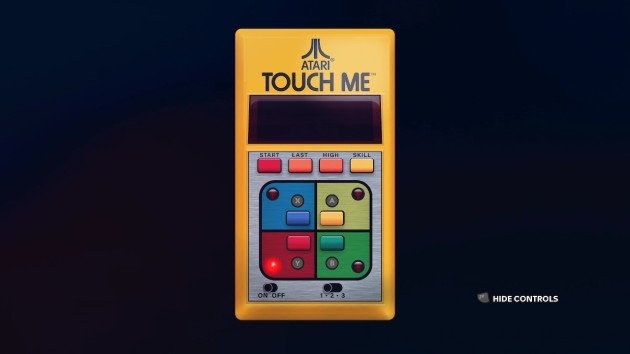
I already reviewed LED memory tester Touch Me in LCD Games IX. It got a NO! Since it’s counted as one of the 115 games in Atari 50, I have to count it too. It’s just a typical memory game that isn’t remotely fun at all, though I’m happy it’s here to represent Atari’s attempts at handheld gaming before the Lynx. What would have been REALLY cool is if they could have included ports of unreleased Atari LCDs like the Cosmos system or the Super Breakout LCD that was designed by Tod “Pac-Man 2600” Frye. Digital Eclipse, I’m telling you: an LCD collection at $30 or under would probably do pretty good if the popularity of my LCD Games of the 1980s features are any indication. Verdict: NO! Scorecard: 0 YES! 1 NO!
In the interest of full disclosure, I’m friends with several people at Digital Eclipse and some of the designers of the games, old and new, included in Atari 50. That doesn’t factor into my reviews. They wouldn’t want to be my friend if it did.
We’re going alphabetically.
 Haunted Houses
Haunted Houses
Platform: Atari Reimagined
Year: 2022
Designed by Dave Rees
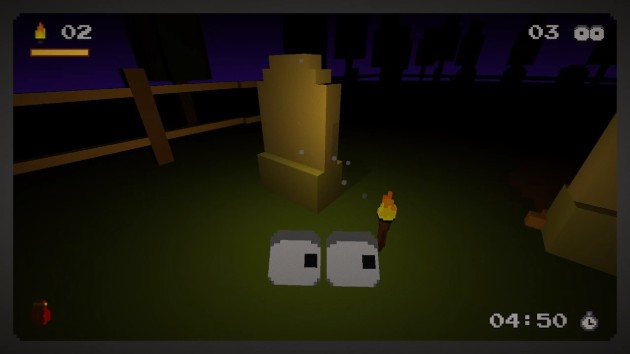
This is cute and everything until you really stop and think about the fact that you’re playing as disembodied eyeballs.
When I review games, I dislike saying “it accomplished everything it set out to do.” It just seems wishy washy, doesn’t it? I’ve had people who are fans of a game I disliked ask me “did the developer accomplish everything they set out to do?” I usually fire back “I don’t know! I wasn’t there! Maybe they set out to make a totally different game and this was the best they could do?!” That’s not the case with Haunted Houses, where “the developer accomplished everything they set out to do” is spot-on. Well, presumably. If Dave Rees set out to climb Everest and this was the end result, fail. If he set out to remake the Atari 2600 classic Haunted House in 3D while retaining the gameplay and feel of the original, good job. It does just that. You’re a pair of eyeballs that can only pick up items if you’re actively using some kind of light. To win, you have to get the three randomly placed pieces of the urn to the front door.
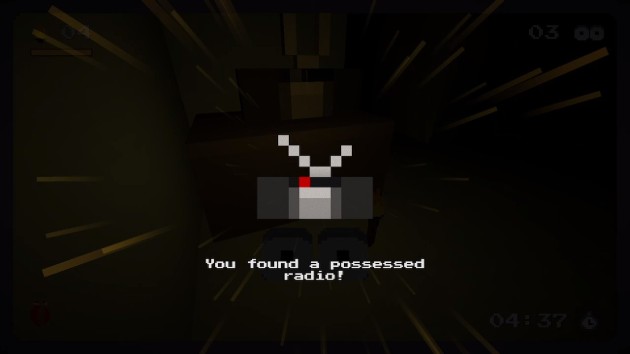
For those not playing on Nintendo Switch, Haunted Houses offers a lot more meat. Stuff like finding all the radios, jump scares, etc, award you achievements. For people playing on Nintendo Switch, such as myself, the existence of all these things not only serve no point, but they actually create confusion. A sense that you’re missing something integral to finishing the game. It wasn’t until a couple hours of gameplay that I bothered looking up why all these things are there. It’s a massive oversight by Digital Eclipse to not include a checklist of all the hidden aspects of Haunted Mansions for Switch players. I have no objection to fake achievements in Nintendo games. You can’t just leave things in a game that make sense on other platforms without creating an alternative for everyone else, unless you want to generate a whole lot of confusion, FOMO, or both.
But, it’s not a one-to-one voxel remake, as there’s just enough modern gameplay mentality to prevent Haunted Houses from feeling like it’s shackled to gaming’s past. The biggest change is in the scoring system. The levels are set on a timer, but it’s not a “do or die” timer. If you run out of time, instead of dying, you just get paid less money at the end of the level. You lose more money if you run into the spiders and bats that knock your light out. Also, every single time you activate your light source, you lose $10. You have unlimited lights, but each one costs you. At the end of a stage, assuming you don’t run out of lives from getting caught by the ghosts, you’re assigned a letter grade based on how you did. The levels themselves are full of references to other Atari games and the occasional jump-scare. Old school, yet distinctly modern. THIS is how you pay tribute to classic games, folks.
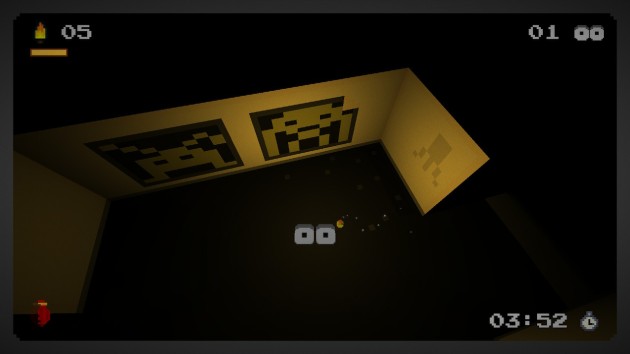
Haunted Houses is full of references to all kinds of VCS games, including a few that aren’t in Atari 50. I don’t know if this is clever or cruel. I mean, hey, here’s the sprites from Space Invaders. Look, there they are! Enjoy them, because this is the closest you will come to playing Space Invaders in Atari 50. It’s not one of the 115 games included. I have thoughts on that, mostly based around how other game companies could admit that VCS ports hold little to no value outside a collection like Atari 50 and they could have done the gaming world a solid and come to terms on a cheap ass license for Atari and Digital Eclipse.
In a way, Haunted Houses feels like the type of oddball game that could have been a cult hit on the Nintendo 64. I just wish it had more levels. A dozen would be perfect. I’d settle for eight full-sized stages. How many levels does Haunted Houses actually have? Three. Four if you count the tutorial. Haunted Houses feels almost like a proof of concept (the glass half full point of view) or a novelty appetizer that’s set apart from the classic games main course of Atari 50 (the glass half empty point of view). Taking the glass half empty point of view, Haunted Houses is too married to abstract design. There’s moments where your torch goes out that are seemingly tied to jump scares that serve no purpose on Nintendo Switch, and it’s not always clear what you need to do to trigger them anyway!
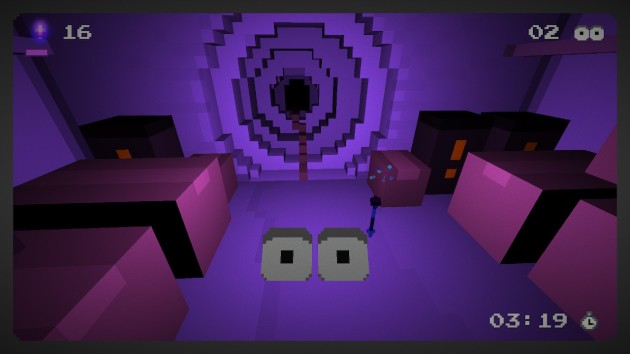
For a voxel game, this is actually pretty eerie at times. I feel that deserves extra credit given the absurdity of this whole thing.
There’s also too many bats and spiders that tend to cluster-up with apparently no way to defend against them unless you’re holding the scroll, which causes them to ignore you. But, since you’re limited to carrying one item at a time like you are in the 2600 game, if you’re using the key or retrieving the urn pieces, the scroll doesn’t help you at all. It’s only after you beat the third stage that you gain access to a character that can attack the ghosts, but honestly this guy is so overpowered that it sort of nerfs the game. Level balance is an issue too. Assuming you count the tutorial as level one, I found the fourth and final level to be too easy. I beat it on my second attempt in a way that made it feel like pure luck. The third level is much bigger and more complex, and even level two took me a lot longer to finish. It’s even worse, because as the last stage, it assures that Haunted Houses ends on a massive let-down.
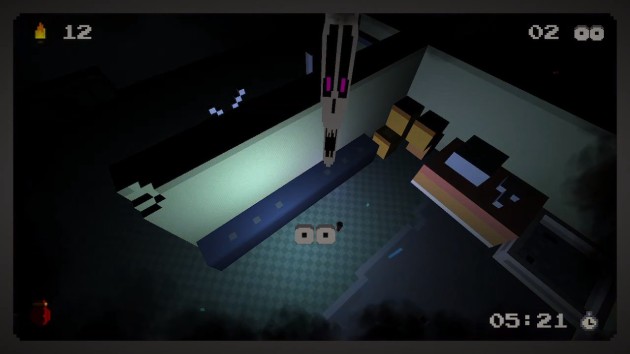
The ghosts are creepy, so mission accomplished there. You can even defeat them with the starting character if you have enough time to charge up your torch to create a temporary ring of magic. If you can lure the ghost into that ring, it dies. Well, I mean.. actually now that I think about it, it’s probably already dead. So you actually purgatorize the ghost.
If you take a glass half full view, Haunted Houses really does feel exactly like someone took Haunted House and cast a spell on it to make it a 3D game. A perfectly decent and quite entertaining 3D game. Nice camera. Good controls. Crisp graphics. It just works well. Not only does the formula feel authentically VCS-if-3D, but all the charm of the original game is retained. The premise is a little bit silly. The settings are a little bit spooky. The ghosts are a little bit frightening. This IS Haunted House, only 3D. And that’s funny because there’s been multiple attempts at creating follow-ups to Haunted House over the years. 2010 saw an Xbox Live version of Haunted House that’s still for sale that got middling-at-best reviews. Last year ANOTHER 3D remake of Haunted House that completely slipped under my radar, this time a roguelike, was unleashed upon the masses. Even indies have gotten in on the action, as 2005 saw a homebrewer create a sequel to Haunted House by doing a ROM hack of Adventure. That was apparently good enough to be included in Atari 50. I’ll be reviewing it when I get to the Atari 2600 games of the collection. I had no idea that Haunted House was so beloved that it would spawn that many remakes. That’s why it’s especially weird that the best remake of it is this throwaway gag game that’s part of a 100+ game collection.
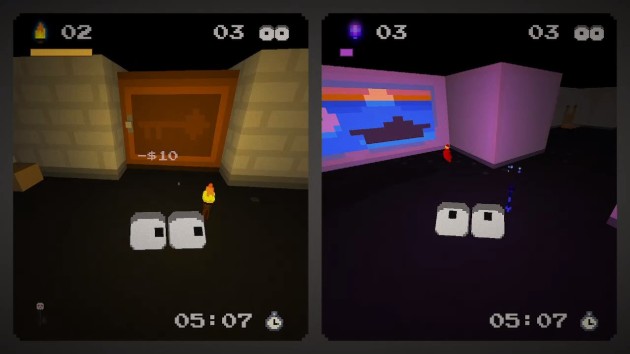
Haunted Houses works really well as a co-op game. Well, assuming your partner remembers they can do something besides soiling themselves when they see a ghost.
I figured it was probably smart to keep Haunted Houses short, as there’s no way the novelty wouldn’t wear off by the time I finished the last level. Not only was I wrong, but I feel like Haunted Houses has so much left on the table that Atari really should commission a full $19.99 – $29.99 game based on this engine. It just works so well. That there’s only three real levels further hammers home the whole “proof of concept” vibe. It feels like there’s so much more you could do with this formula. Haunted hospitals, hedge mazes, schools, bunkers, etc. Increase the levels, make the set pieces just a little more interactive, and maybe add hidden trinkets to find to enhance the replay value, and Haunted Houses has potential to be a flagship game for the new era of Atari. It does one of the best jobs I’ve ever seen of replicating a specific 2D title’s gameplay in a 3D environment. The fact that it’s basically a +1 afterthought for a massive collection of games is heartbreaking enough, but the fact that it’s unlikely to advance beyond the three full levels we got is downright depressing. It would be like finding out the game that provided your favorite demo at E3 got cancelled. A painful punch in the gut. I suppose it’s fitting for a game where you play as a pair of eyeballs, because Haunted Houses has legs that we’re never going to see.
Verdict: YES! – $5 in value added to Atari 50
Scorecard: 1 YES!, 1 NO!
Total Value: $5
 Neo Breakout
Neo Breakout
Platform: Atari Reimagined
Year: 2022
Designed by Jason Cirillo
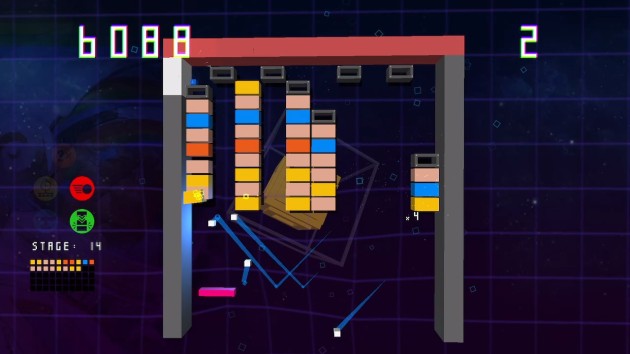
Spoiler Alert: the classic Breakout games won’t be getting the most glowing of reviews. I respect the franchise’s contribution to gaming, but without authentic paddle controllers, they didn’t have a prayer of winning a YES! from me. That’s why I’m so completely shocked by Neo Breakout.
The first time I played Neo Breakout was the exact moment I couldn’t believe Atari didn’t sell the Reimagined games as their own collection. It runs neck-and-neck with Strikey Sisters as the best brick breaker I’ve ever played, and it does it without the aid of wacky power-ups. That alone is insanely impressive. Instead, the twists are mostly tied to the bricks themselves. The one that matters least to me is that you get bonus points by hitting identical colored bricks in a row. I just don’t have enough skill at aiming the ball to even think about utilizing that strategy deliberately. I will say that it’s really cool how the giant cube in the background changes colors to represent the active color you want to aim at in the chain. There’s also themed bricks. Some of them create new bricks if you hit them from the bottom, while another does the opposite and shatters bricks it shares a column with. There’s also crush bricks, which move in the opposite direction they’re struck and break any brick they run into. This includes the otherwise indestructible iron bricks. I’ll get to those in a little bit.
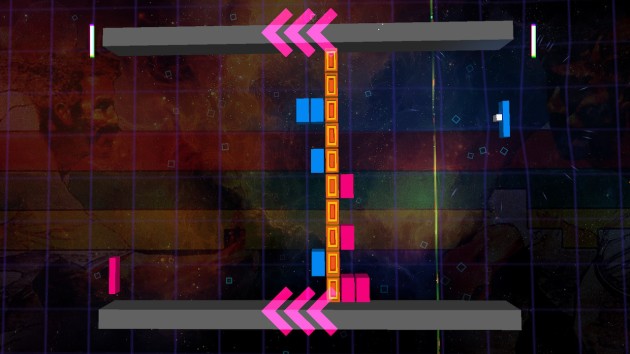
Playing the two player mode, alone or with family, was about the saddest thing I’ve ever seen. Nobody could keep a ball in play. In it, the object is to create enough bricks to reach the end zone of your opponent. Every time you miss the ball, the center line is moved closer to you, and hitting the center line creates new bricks on your opponent’s side. It’s a clever idea, but games of it tended to last FOREVER even when we did play well. Did I have fun? Not really, but thankfully this is a bonus mode to a bonus game. The single player stuff more than holds its own.
The other twist is that most of the levels in Neo Breakout have one of three kinds of game modifiers added to them. Speed modifiers only apply to rooms with a red ceiling. If the ball hits the ceiling, its speed increases dramatically. It only happens once per ball, but it lasts until the ball dies or you clear the room. Levels with a blue ceiling cause the paddle to shrink if the ball hits the ceiling. Again, it lasts until you die or the room is cleared. Finally, rooms where the wall gradually becomes yellow drop the blocks one row closer to you every time the yellow completely fills-in. Some of the rooms stack multiple modifiers. The concept of special rules for certain levels is well implemented and works to make Neo Breakout feel new and fresh in what should be a very tired genre. The restraint shown by designer Jason Cirillo to forgo even basic Arkanoid style power-ups, let alone the overpowered type of items typical for modern brick breakers, was astonishing. But, the end result is a game that’s better than any games that do.
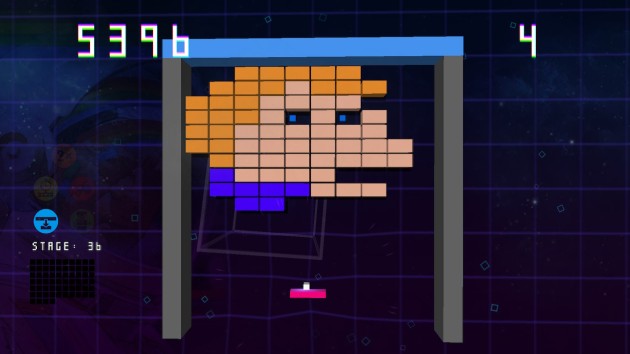
Mostly fun room themes, too. There’s fifty-one levels, and only maybe three or four stink.
The closest Neo Breakout comes to having power-ups are the “whammy ball” and the “cavity balls.” The whammy ball is completely optional and activated entirely by the player. In fact, I beat Neo Breakout without knowing of its existence because I didn’t read the instructions. You’d think after Fantasia I’d have learned my lesson, but no. If you hit the left trigger just before the ball makes contact with the paddle, the ball becomes a fireball that travels at a very high velocity for the remainder of the stage, or the ball’s life. While the fireball is active, you score double the points. Meanwhile, only some levels feature cavity balls that can be released on the playfield. Once a ball stuck in a cavity enters a clearing where their trajectory is no longer trapped above their starting position, they become playable balls. The one time this failed, on the 41st stage, it was to my benefit. While the ball was technically free, I never once needed my paddle to play it, which I think technically means it should have remained an inactive ball that bounces harmlessly off the bricks. I don’t know what activated it, but it happened near the top of the screen. The downside was the ball kept bouncing at the same leisurely pace it would have if it had remained trapped. So yea, Neo Breakout is a bit glitchy, and I think most of the glitches are tied to the metal blocks. Call it a hunch, but every time something went wrong, they were there. The biggest offender of which was this:
The gimmick with the iron bricks is that they’re indestructible. In theory, a line of them is a solid line. Except that obviously isn’t the case, as the ball literally bounced itself right through a gap that sure looks smaller than the ball itself. Now, I really, really like Neo Breakout, but hooooo boy did I have a tantrum when this happened. Granted, that was mostly on account of me trying to playfully act like I was going to throw my controller, only my timing was so far off that I popped myself right in the chin with my own controller. And mind you, this wasn’t the only time the ball behaved in weird ways around the iron bricks. It wasn’t rare at all for the ball to ricochet downward off the side of one when it was on an upward trajectory. In fact, that one happened constantly. Also, sometimes I finished a couple levels without breaking every brick. I’m not even sure what happened in those stages. When it happened a second time is when I finally consulted the instruction manual and found out about the Whammy ball. Finishing stages even though there’s still bricks left? Sometimes more than one? I found nothing, so I’m just going to assume the stages surrendered to my awesomeness. Stop snickering.

My hunch tells me the whammy ball was really included as a sneaky.. and clever.. way of helping lessen “last mother f’n brick syndrome” that’s common to the genre. That’s because the activating hit travels upward in a straight angle, making it the easiest shot to aim in the game. It’s not an automatic way of eliminating an annoyingly-placed final brick, as you still have to get the rebound directly under it. But, just having it as an option I found worked well for eliminating the often sloggy end of stage moments that plague brick breakers. Gosh, how I wish I had read the book, as this would have come in handy in the later stages.
Okay, so Neo Breakout is slightly unstable, but hey, so am I and I’m doing pretty good, and so is Neo Breakout! Technically, it’s a bonus throw-in for a retro game collection anyway. But, it’s also my choice for the best of the Digital Eclipse originals in Atari 50. It even has hidden value in the form of Double Neo Breakout. On the second title screen, press the Y button (or presumably the square button on PlayStation) until you hear a chime, and you get a double paddle AND get to play two balls at once. It’s not even a throwaway extra, either. It’s a genuinely fun experience that plays just slightly different enough to be worth everyone checking out once. It’s seriously a lot of fun. All of Neo Breakout is a lot of fun.
The only part I didn’t enjoy was the versus mode, where my fun was muted by the fact that nobody in my family could keep the ball alive (including myself). Otherwise, Neo Breakout is one of my favorite games in Atari 50. It helps that the controls are some of the most intuitive non-dial controls the genre has ever seen. There’s even dual-stick gameplay, as the left stick moves the paddle at a normal speed while the right stick moves it at super sensitive high speed. If I have to complain about something, it’s that the right stick is too fast and there’s no option to adjust it. Unless I was using it to catch a rebound next to a wall, the right stick was too dangerous for me to use and led to overshooting more than it was actually helpful. Thankfully, all other options are available. You can adjust the main paddle’s sensitivity to find your comfort zone, and if you wish, you can set the paddle to return to the center of the playfield when you release the stick. So, yea, rough and glitchy as it can be, Neo Breakout feels like a true love letter to the Breakout franchise. It’s the rare franchise tribute that’s authentically, no doubt about it tied to the series, but in a way that feels totally new and modern. I literally can’t believe this is part of Atari 50. It could easily have been sold all on its own. Then again, that’s true of most of these Digital Eclipse games.
Verdict: YES! – $15 in value added to Atari 50.
Scorecard: 2 YES!, 1 NO!
Total Value: $20
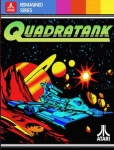 Quadratank
Quadratank
Platform: Atari Reimagined
Year: 2022
Designed by Mike Mika
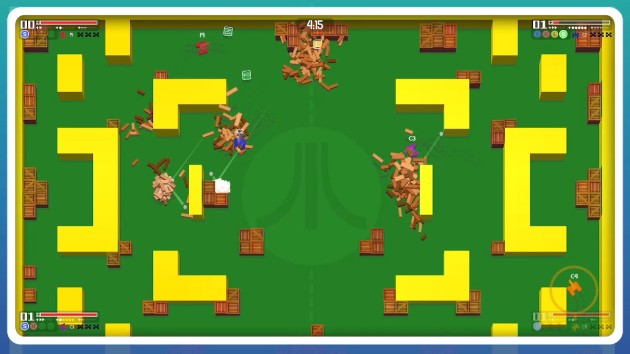
You can do any combination of AI or human players. You can even do four AI, but the instruction book says to please not use it for betting. Pssh, you ain’t the boss of me. $20 on ole’ bluey!
I didn’t get the best possible multiplayer experience out of Quadratank. It wasn’t a matter of finding players. I had my nieces and nephew, ages 8 to 12, along with my sister, a couple of her friends, and my parents. Everyone but my dad and I spent the entire game whining about how hard it was to control the tank. If you grew up with an Atari 2600 and put a lot of time into Combat, you probably won’t have any problem steering in Quadratank. For everyone else, yea, this is pretty tough to get the hang of. There’s even three control schemes that you can switch on the fly with the simple press of a button. While that sounds great in theory, when you’re playing with disinterested children or grown-ups who act like children, it’s inevitable they’ll accidentally press the “change controls” button when they don’t mean to and then whine even more about how tough the controls are. Quadratank is also pretty limited in terms of flexibility. Three maps, two gameplay modes (three if you count two-on-two combat and two-on-two capture the flag separately), and two types of terrain: normal and icy. The most important options are the starting weapons, which includes ricochet shots. I highly recommend that mode. In fact, I wish I had turned that on at the start. It was the final mode we tried for this review and it was closest the larger group came to having a good time. But, by that point everyone had already made up their minds that Quandratank wasn’t for them.
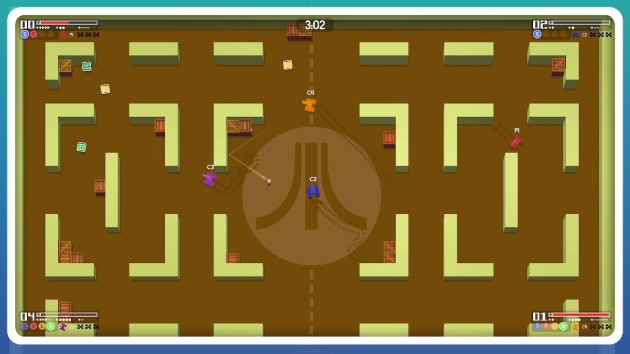
There’s only three arenas as far as I can tell, with only two modes. If there’s unlockables, besides being able to unlock Combat Two in the Atari 50 library through highly convoluted means, I ain’t found them.
Back in 2022, *I* had a good time playing Quadratank, but it’s worth noting that it was one of three party games my family played that month, along with indie hits Hidden in Plain Sight and Chompy Chomp Chomp Party. Since then, we’ve played HiPS a dozen or more times. We even broke it out for our Super Bowl party earlier this year, and Chompy has gotten a replay or two. The one Christmas 2022 game nobody wanted to touch again, including me, was Quadratank. In my case, it wasn’t because I disliked the game so much as it’s no fun to play a game where everyone else never stops bitching. When we busted out video games to pass the time this last Christmas Eve, when everyone was both excited and feeling festive, my mother and some of the kids specifically said “not the tank one!” So, you can imagine how everyone reacted on a Friday in 2024 when I all but begged for thirty minutes so that I could write a game review none of them care about for a blog they don’t read.
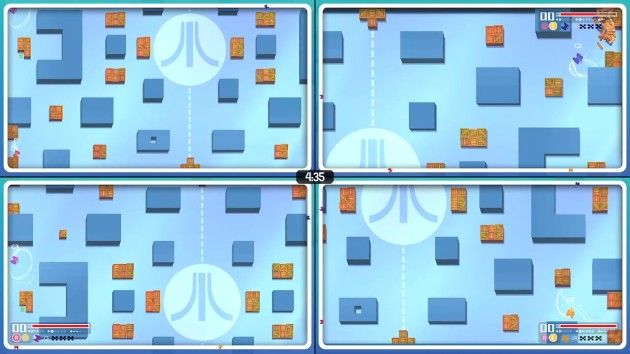
The only two games that even got the faintest hint of smiles from the heartless jerks I was playing with were ricocheting shots and rockets & lasers.. ON ICE. Of course, those two modes were pure chaos. That’s always fun even if it’s not exactly elegant gameplay. Congratulations are in order to Mike for creating a game where slippery ice improves the game.
Two years later and nothing changed. I enjoyed playing Quadratank. My father had a good time. Everyone else whined about how hard it was to control. It’s not that we didn’t have ANY fun. Again, I made the mistake of starting with the most basic default settings. Bad move on my part. But, even with the settings at their wackiness, the amusement came from the sheer chaos, and not the merits of the gameplay. Sixteen months after the game didn’t go over as well as I expected it would, and even with the kids being almost a year-and-a-half older, history repeated itself. I don’t think it’s entirely on the age group, either. Quadratank DOES have problems, the biggest of which is there’s a very sharp learning curve to the controls for anyone not used to tank games. Another issue is that it’s easy to lose your place in the mayhem. Despite that complaint, it’s a shame this couldn’t be an eight player game. My niece astutely pointed out that the arenas are too big for only four players, and she’s right! Sure, that prevents you from being spawn-killed, but it also causes the action to be too stop-and-go. Either way, *I* still like Quadratank, but it’s got a very specific audience and apparently I don’t have that audience to play with. More than any other Digital Eclipse original in Atari 50, Quadratank feels like a bonus extra instead of a legitimate featured game, and that’s perfectly fine in a set like this.
Verdict: YES! – $1 in value added to Atari 50.
Scorecard: 3 YES!, 1 NO!
Total Value: $21
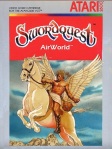 Swordquest: Airworld
Swordquest: Airworld
Platform: Atari 2600
Year: 2022
Designed by Dave Rees

For what it’s worth to Dave Rees, this is the hardest game to review in my nearly thirteen years of doing this blog. Remember the whole “achieved what it set out to do?” thing I talked about with Haunted Houses? This is the dark side of that.
Swordquest was meant to be the ultimate video game contest that combined the efforts of three Warner Bros. subsidiaries: Atari, DC Comics, and the newly acquired (as in 1980) Franklin Mint. The plan was to create four action-adventure-puzzle games in the Swordquest series, with each game getting bundled with a DC comic book. Players would find clues in the games that pointed to pages in the comic that contained different clues that players would use to solve an ultimate puzzle. The basic exploration is the same in all four games: a series of interconnected rooms based on mysticism themes. Some of the rooms had mini-games that needed to be completed once. BUT, the real gameplay was basically picking up junk from one room and dropping it in another room. If you dropped the junk in the right room, it would point you at a specific page in the comic book. The gameplay was as abstract as you can get, but if you could sort it all out and mail in the correct answer, you would be invited to come to Atari’s HQ to compete with other correct guessers in a specialized version of the game. The ultimate winner of each individual game’s final contest would win corporeal junk work $25,000. Then, the four winners would come together and compete for a jewel-encrusted, gold-handled sword worth $50,000. Still with me? Okay, here’s where it goes nuts.
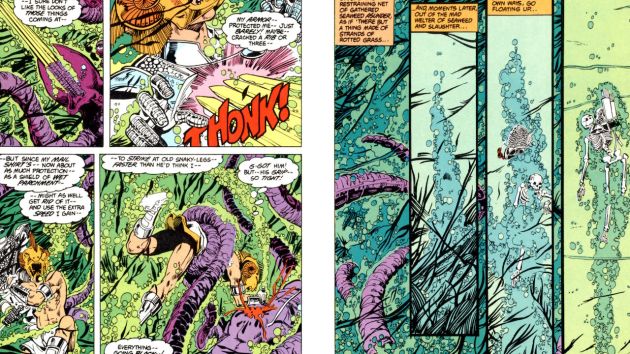
Do you know what I think is the strangest part of all of this? The Swordquest comic books are actually pretty dang good. That’s especially surprising, given the fact that other Atari comics, like the one included with Yars’ Revenge, were TERRIBLE. For Swordquest, all three comics that were released are in Atari 50, inside each game’s instruction manual. The writing is on-par with DC’s output from this time, maybe even a little better, and the art is top notch. Even Waterworld (panels of which are pictured above), the one that you’d expect to be phoned-in, is really high quality for this time frame. Sadly, while we got the video game conclusion to this, we never will get the comic book conclusion, as DC comics apparently never even got to the writing/inking part, and creating a new comic from the ground up was a bridge too far for Digital Eclipse. I can’t say I blame them. Unless they hired actual comic artists, it would never live up to the expectations. Strangely, people can make convincing Atari games in the 2020s, but comics that feel distinctly “80s” are a bit of a lost art form.
For the first game, Earthworld, eight people got the correct answer and were flown to Atari. For the second game, Fireworld, so many people got it right that Atari had to issue homework as a tie breaker. I’m not even joking. The seventy-three players who got the right answer were told to write an essay on what they liked about Swordquest: Fireworld. From those essays, Atari selected the fifty entries most likely to be able to afford to lawyer-up who had the best essay on the game, scout’s honor. Then came Waterworld, and much like the Kevin Costner movie of the same name, everything went to hell. By this point, it was 1984, the video game industry had completely collapsed, and one of the guys who helped create the Marlboro Man was now in charge of Atari. That must have been quite the change for him, going from customers dying from his product to the company itself dying because of the product.
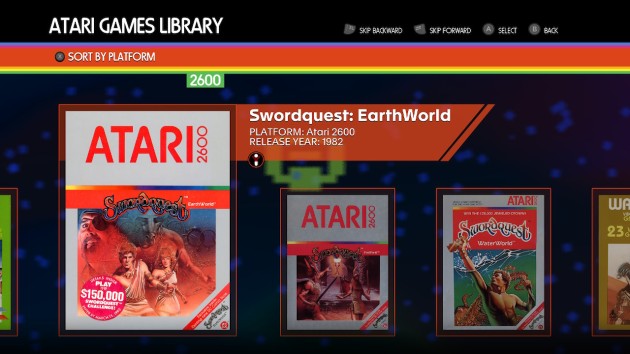
I’ll be reviewing the other three Swordquest games when I get to Atari 50’s 2600 games. God help me.
Warner Bros., who was looking to dump Atari, wanted to cancel the contest. But, their lawyers said the Waterworld contest had to go forward because they already advertised for the specific game’s release and accompanying contest. So, Atari sold Waterworld only via mail order to Atari Club members. That’s why it’s a sought-after rarity among collectors today that’s rated a 9 out of 10 in rarity by AtariAge, who will be proud to hear Google’s spell check knew that their name is one word: AtariAge. According to my Atari collector friends (hi Steve!), people whose entire hobby is seeking out finding games at yard sales and junk stores would be considered incredibly lucky to find one game rated a 9 out of 10 without using the internet.. well, ever. So, in the case of Swordquest: Waterworld, we’re talking VERY few copies circulating, then and now. And yet, it somehow got even worse. While the Waterworld contest was considered active, Atari was sold to Commodore founder Jack Tramiel, who again tried to get out of the contest. In fact, apparently people who entered the contest were told they were ineligible, but once again, the lawyers said “NO!” Allegedly, the Waterworld contest was held in secret and a winner secretly crowned.. literally. They won a crown. The remaining contest could legally be cancelled with each of the prior winners and the Waterworld finalists accepting cash buy-outs instead of competing for the grand prize sword. Of the five gaudy prizes created by the Franklin Mint for this epic disaster, only one is still believed to exist. What a fiasco.
If you want to learn more, including the ultimate fate of the prizes, go here or here.

I’m not a lawyer, but TECHNICALLY didn’t they advertise a four game contest? It sure seems like it. I know there were probably disclaimers up the wazoo. Not that it matters, for reasons I’m about to get into.
Apparently the fourth and final Swordquest game was something of an urban legend in Atari circles. Despite being probably the most sought-after prototype of all time, no Swordquest Airworld prototype has ever been found. Given the sheer volume of unreleased Atari 2600 games that have been discovered over the years, combined with all the work-in-progress builds of released games, if Airworld hasn’t been found yet, it’s likely that no prototype exists at all. While Tod Frye says he started work on it, not even so much as a screenshot exists. Only concept art for the box, and nothing more. Knowing Digital Eclipse, if they had anything to work with, they would have said so. They didn’t, so for Atari 50, they created a whole new Swordquest: Airworld from the ground up, keeping only the promised theme of the game. Each of the Swordquest games are based on mysticism. Airworld uses the I Ching, just like how Earthworld used the Zodiac, Fireworld the Tree of Life, and Waterworld chakras. The end result is a monster-sized version of Swordquest that dwarfs the other three combined, with a map that looks like this:
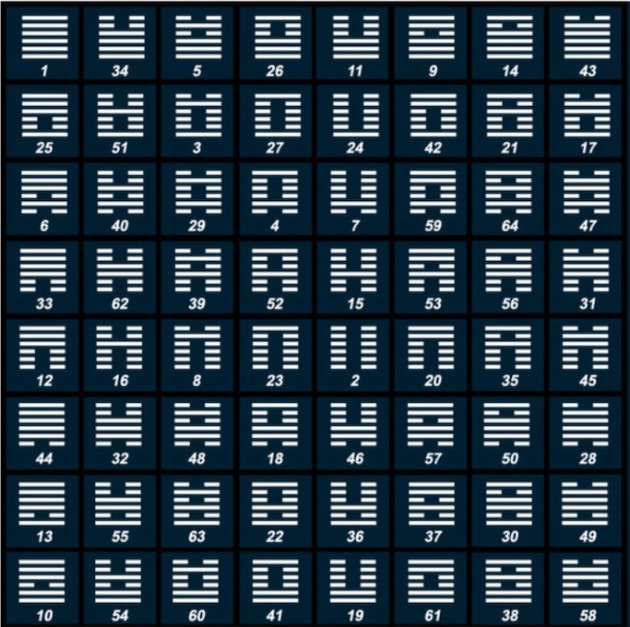
The biggest difference, besides the girth, is that there’s no comic book to reference clues this time. Instead, Airworld gives players a very detailed instruction manual that presents players with sixty-four riddles; one for each room, and fifty-six items, some of which there’s duplicates of. You’ll want a pen & paper when playing this game, or you can open up your phone and take notes like we did. Sometimes, the clues are outright spelled out for you. The clue for Room #25: Innocence is “let simple and natural forces guide you, like a kite on the wind.” One of the items is a kite, so obviously you’re not using the upper jaw bone in that room. To use the items, you really just pick them up when you find them and put them down in the corresponding room. You can hold five items at a time. If you drop the correct item(s) inside the correct room, instead of being told which comic book page to look up, you’re given the hexagram for a different room. It looks like this:
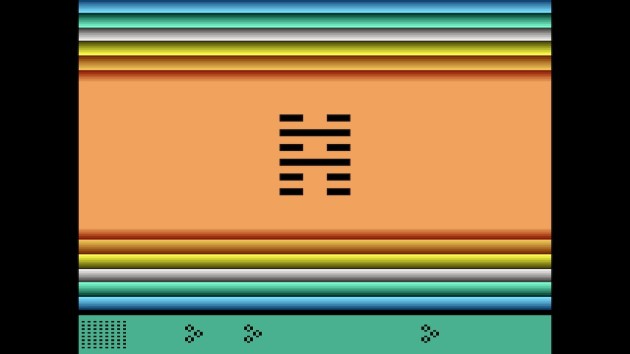
Like previous Swordquest games, sometimes rooms will have minigame challenges that must be completed in order to get all the junk in the room. If a room does have a minigame, once you’ve completed it (and gotten all the coins out of it if there are coins), you don’t have to play it again for that room. There’s four minigames in total, all of which repeat several times with varying degrees of difficulty, and three of which play and control a lot like the 2010s unfathomable fad hit Flappy Bird. In the case of one of the games, Tianma’s Flight, it really is Flappy Bird with what feels like a slightly oversized character sprite. In it, you move horizontally and have to continuously flap your wings while avoiding barriers. A couple of these levels are actually pretty dang tough. The hardest one took us probably close to twenty attempts to finish. If you fall or collide with a barrier, you have to start over.
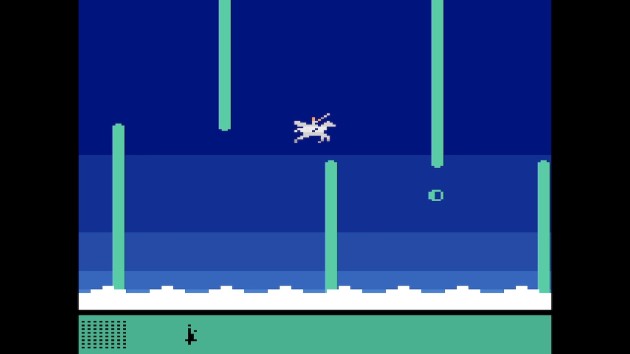
Tianma’s Flight. Actually, it’s one of the better Flappy Bird-likes (please don’t use the term “clone”) I’ve played. It helps that, by being part of a larger game, this version of Flappy actually feels like it has stakes. Plus, each round of it is kept short.
Another game, Draconic Descent, has you flapping while moving downward, though this time you can drop pegasus pee underneath you. Barriers get in the way that you have to shoot to remove, all while stationary dragons shoot fireballs across the screen. While you can take out the dragons with a single dribble of pee pee, you don’t have to. In fact, many times I accidentally fell several stories, bypassing all the obstacles. Mind you, you actually do have to collect the coins (if there are any) in each stage, so there’s some incentive to keep flapping and not just dive blindly towards the unseen goal. If you get shot, or if you miss the exit, you have to restart from the beginning.
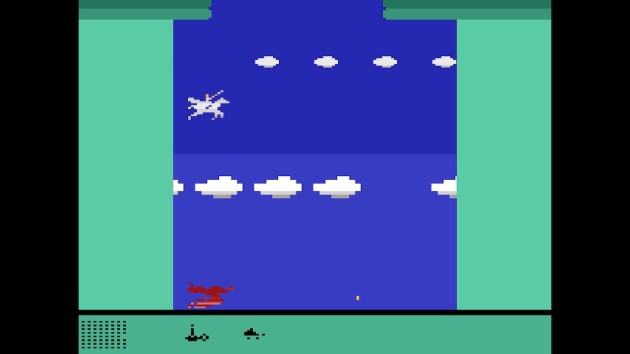
Draconic Descent was the easiest of the four minigames in Airworld. It’s not even close.
The final of the Flappy-likes, and the bane of my existence, is Atmospheric Ascent. In it, you have to fly upward. If you touch anything, you temporarily lose your ability to flap. It’s really a cross-the-road style game where sometimes you get very little clearance to advance. On top of that, sometimes the channels of obstacles are so close together that it’s hard to keep a rhythm of flapping that keeps you between them while you wait for an opening. If you touch anything, you could get stun-locked by multiple rows of clouds or birds or whatever and end up falling all the way to the bottom. One round of this took me and my father THIRTY MINUTES to finish. That was totally our fault for having the wrong strategy, but by time it was over, my hands were sore and I was in a foul mood. A big part of the problem is that none of the games scale “naturally.” You repeat each of the games multiple times, BUT, the difficulty of each one is tied to the room it’s in, not the order you played it. Or maybe it’s tied to the numerical order of the rooms, which are scrambled up, and I didn’t notice. I could be wrong, but either way, I’d prefer if the first time you played a game, no matter which room it’s tied to, you played the easiest version, then the next one up, etc, etc. None of the three Flappy Bird-like games are particularly fun, but Swordquest isn’t exactly famous for fun minigames so at least it’s true to the source material.
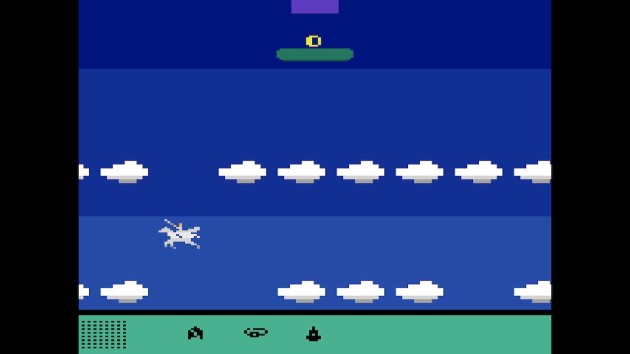
Oh how I hated Atmospheric Ascent. You do want to sort of move along with the scrolling obstacles, but the timing is super hard. It’s akin to trying to thread a moving needle while pumping the fingers holding the thread up and down.
Storm Siege, the best of the four minigames, and indeed the best minigame ever in the Swordquest franchise, is a clever take on Space Invaders. It’s really just Space Invaders, but with a twist that actually works wonderfully for adding stakes and plenty of close calls. As you shoot the targets on the playfield, instead of UFOs scrolling across the top for bonus points, clouds drift from left to right. Every-other cloud is a rain cloud, and if you don’t shoot it fast enough, it shoots lightning. You have a protective barrier, but it can only take so many lightning strikes before it wears off. You have to clear the entire playfield of all the targets before the enemies reach the bottom OR before the lightning strikes the ground. This reminded me a lot of From Below, which is just plain old ordinary Tetris where a tentacle pokes the stacked blocks up sometimes. It’s the smallest of changes, yet that change yields massive gameplay dividends. The same goes for Storm Siege’s cloud/force field formula. That one change amplifies the excitement far beyond what such a small change should do. If Digital Eclipse does further expansions to Atari 50, they should consider expanding this to a full game with scoring.

Oh and you can only shoot one bullet at a time. It makes you kick yourself every time you miss.
So the minigames went 1 for 4, but the overall puzzle in Airworld isn’t bad. It’s also not as good as I remembered from my 2022 play session. I’ve now finished it twice, and by far my biggest complaint is all the red herrings in it. The majority of the items have no purpose, but all sixty-four rooms have riddles, and since we’re using fortune cookie logic, there’s really no way to tell what is a room that requires you to drop items in it and which are just there to distract you. In reality, only a little over a quarter of the sixty-four rooms are part of the item-dropping puzzle. Some of the “red herrings” have gameplay implications if you’re holding them when you enter a minigame, but if you play this blindly, it’s not like you can replay the minigames (I don’t think at least) to experiment. The only way to really do it is to purposely lose levels and fall back to the main puzzle, then swap the item you’re holding one at a time. There’s fifty-six items! It’s not practical.. though I can probably guess one of them in retrospect.
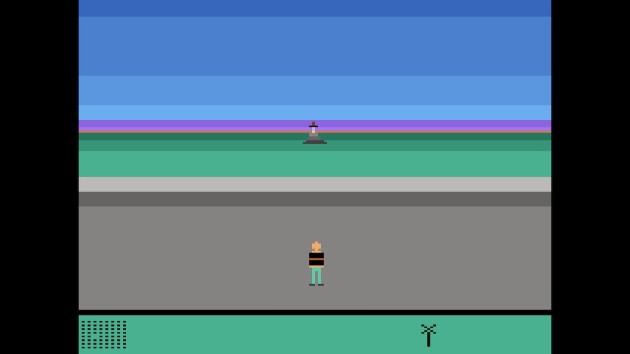
Dear Atari: I want my $25,000 Philosopher Stone. I mean, I did sort of write an essay on all the reasons I like Airworld AND Atari 50. So, do I win? No? Crud. Eh, it was worth a shot.
Like I said at the beginning, this is the hardest review I’ve ever had to do. At its best, Airworld offers the same type of “okay, I get it, ta-da” and high-fives all around enjoyment of escape rooms. But, the actual solution is such a fraction of the bigger game that it might be the least tight puzzle of this type ever made. Yes, the other Swordquest games had false clues and red herrings, but it’s taken to such an extreme here. Going back to the escape room analogy, which isn’t a perfect analogy in Airworld’s case as there’s no time limit, but, if I did an escape room where there were sixty-four puzzles but only sixteen were actually valuable for getting out of the room, me and my whole family would be f*cking furious. That’s not good puzzle design. That’s just dirty pool. Do you know how we beat the game? BOTH TIMES? While trying to find the rooms to drop the stuff in, we accidentally triggered a previously unheard audio cue that you’ve stepped in the room that’s the start of the final pathway to victory. That’s when we stopped trying to find what room the boomerang goes in and checked our notes, and victory happened about 15-20 minutes later. We stumbled upon the final sequence. Twice. At least we have the excuse of the two sessions taking place sixteen months apart, but I could have sworn there weren’t as many red herrings as there were. There’s too many.
UPDATE: So, the 64 riddles thing is legitimately part of the I Ching itself. So, while I still stay firm on the belief that it’s inevitable players will go on wild goose chase, Atari and Digital Eclipse stayed true to the nature of the theme itself. Commendable. Infuriating, but commendable.
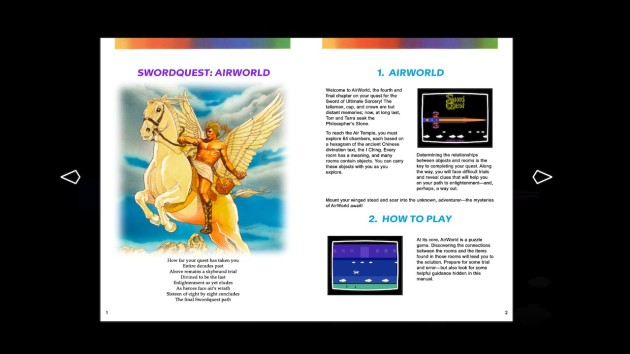
For all my bitching, seriously, this was a surreal, almost magical experience. I can’t imagine what this would mean for fans of Swordquest. Airworld proves how much Digital Eclipse loves its audience, because folks, THIS is a love letter.
So, how the heck do I review this? First off, if you’re a genuine, no BS fan of the original Swordquest games.. not someone who played with them for like two minutes after watching the Angry Video Game Nerd’s episode but an actual FAN who got deeply into solving the puzzles.. ignore everything I’ve said. FOR YOU, putting hypothetical value on a priceless experience is pointless. If you really love Swordquest, Atari 50 is worth buying just for Swordquest: Airworld. Even without the comic book, it’s everything you’ve wanted for forty years now. There’s even an option to unsmoothen (I don’t care what my spell check says, because that’s a word, dagnabit) the HD graphics and add VCS jank if you so wish. For everyone else.. eh, it’s a lot better than any of the three Swordquest games Atari put out in the 80s, but beyond that, it’s give a little, take a little. GIVE: you actually can logic-out the riddles. TAKE: only 1 of the 4 minigames is fun. GIVE: that goes up if you’re a big Flappy Birds fan. TAKE: it goes down quite a lot if you hate Flappy Bird. GIVE: All the charm of an authentic Atari-developed VCS game is here and beautiful. TAKE: except there’s no DC comic tie-in. GIVE: My Atari-loving father and I had a good time. TAKE: my non-fan mother and sister thought we were out of our minds. It’s my blog, and while I’m not a fan of Swordquest at all, I enjoyed the experience a little more than the downtime that frustrated me. Airworld is a dream game. Just not my dream game.
Verdict: YES! – $5 in value added to Atari 50
Scorecard: 4 YES!, 1 NO!
Total Value: $26
 VCTR-SCTR
VCTR-SCTR
Platform: Atari Reimagined
Year: 2022
Designed by Jeremy Williams
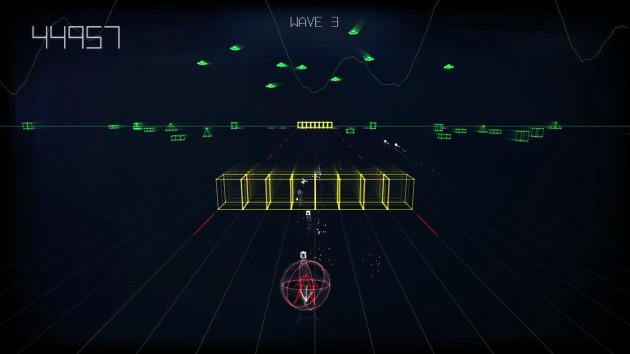
This is not a game that lends itself to screenshots.
I have a feeling this is going to be like Undertale, where even though I really like the game, fans of it will be livid with me for not liking it as much as them. VCTR-SCTR is a tribute to Atari’s vector graphics output. It’s also the most arcadey-game in the Atari Reimagined lineup, for better and for worse. The idea is you play a sequence of snippets of Atari vector classics. There’s four games that go in the following sequence: you have to clear a screen in Asteroids, land a Lunar Lander, clear out all the UFOs in a shooter that combines aspects of vector games not included in Atari 50 such as Speed Freaks and Battlezone, then finally clear out all the Flippers (the red x-shaped things) in Tempest. Once you complete a cycle, a new cycle at a higher difficulty immediately begins. Getting the biggest problem out of the way: making Lunar Lander part of this was incredibly misguided. Mind you, I’m a really big Lunar Lander fan. It’s one of my favorite coin-ops ever, but it does not fit-in at all with VCTR-SCTR.
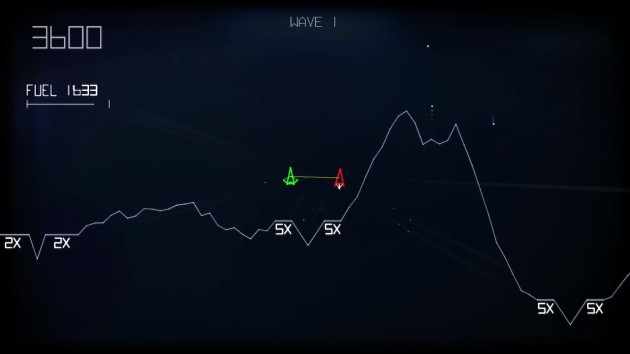
And I’m not even factoring the tethered mode into that statement. VCTR-SCTR can be played two ways: a single ship or two ships tethered. In the solo mode, the sequence of games is spot-on in terms of difficulty: Asteroids first, Lunar second, VCTR-SHMP third, and Tempest fourth. That sequence makes NO sense for the tethered mode, where Lunar Lander is easily the hardest of the four games. The green ship has no thruster. You have to land the dead weight on a separate platform. In the tethered mode, Lunar Lander should have been the fourth game in the sequence. No doubt about it.
Sometimes having games feature a wildly-shifting tone works. It doesn’t work here at all. Having three very intense shooting sections broken up by a game that’s about finesse and conservation is akin to placing a braking section on a roller coaster after the initial 80 mph drop. Then, after thirty seconds doing 10 mph along the ground, following it with a launched 80 mph section to complete the rest of the track. Nobody would do that, because it wouldn’t be fun. The Lunar Lander segment is just plain not compatible with the other games. Even more problematic is that it doesn’t yield enough points to provide any stakes at all. It’s as close to dead air as I’ve seen in any action game. Again, Lunar Lander is one of my favs, but I wouldn’t want it to show up in the middle of a game of Asteroids or Tempest, which is exactly what this does. I’m certain that the huge fanbase of VCTR-SCTR is going to be furious with me for stating that, but sorry, they’re just plain wrong. The third segment, a new game designed just for this, proves that Jeremy has the chops to come up with something that fits-in with the other three games better.
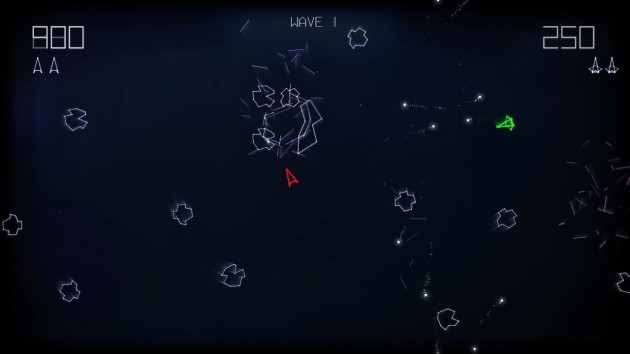
There’s two co-op options, one of which tethers the players together. Ironic for a game that involves shackling players to each-other, it’s bound to drive people apart. Also, worth noting is that the children who I could barely get to play Quadratank *HATED* VCTR-SCTR because of the Lunar Lander section, which they never got past. Not once. I tried to calmly and gently explain the concept of easing on the gas, conserving fuel, and feathering the analog sticks. They didn’t care, got frustrated faster than I thought humanly possible and quit almost immediately. I asked one of them how on Earth he could recreate set pieces from Attack on Titan in Minecraft but he couldn’t grasp the concept of barely touching the analog stick. I’ve never feared for a coming generation more than I did after trying to explain Lunar Lander to kids. Good lord, the planet is so screwed in thirty to forty years.
The rest of the game is brilliant. It works as a homage to an era of gaming that never got its due. This is especially true of the third segment that I’ve dubbed VCTR-SHMP. The blistering speed it cuts, along with the close calls and near misses that comes from dodging enemy fire, made for one of the most exciting games I’ve ever played. So good is the third segment that I’m kind of bummed that it didn’t get further expanded into its own game. Fans of VCTR-SCTR will be REALLY pissed at me for saying that I almost wish it had been the whole game. Seriously! As much as I enjoyed the Asteroids and Tempest segments, I’ve played those games. They’re in Atari 50, along with Lunar Lander. The third segment is one of those “it’s like every arcade game you’ve played and no game you’ve ever played before” type of situations. I haven’t played a game like that since Donut Dodo, which I loved! If the third segment was ALL of VCTR-SCTR, I honestly don’t think I would have missed the other three segments at all. That’s why it’s kind of sad that it’s here in Atari 50, where the concept is likely to never be expanded upon. If you did this same game, with more enemies and obstacles, dare I say it could be an action game of the decade contender.

To be honest, I wasn’t in love with the Tempest or Asteroids segments either. Oh, they’re great here, but that’s because they’re great by themselves. Which anyone would know since they can play them by themselves in Atari 50. At this point, I’ve played Asteroids and Tempest to death, and I’m not even of the Golden Age of Arcades generation. I’m going to be 35 in three months. I missed the arcade era altogether. I imagine people older than me are going to have put even more time into VCTR-SCTR’s inspirations. Even though I love VCTR-SCTR, the only standout sequence is the one created just for it. I want a lot more of it.
As much as I’ll daydream about a game that will likely never exist, I really did have a blast with VCTR-SCTR. The only big thing missing from it is online leaderboards. Yea yea, they didn’t have those in the good ‘ole days. Well, they didn’t have the internet or consoles more powerful than all the world’s Atari 2600s combined, either. If it would have bumped the price of Atari 50 by $10 or even $20, hell, this is the greatest game collection ever, and I have a feeling such a price hike would not have affected the sales at all. Besides, challenging for high scores is the whole point, right? Then again, my best score was just under 100,000. I never got past the fifth wave. Oh, and do you know what else is missing that would be perfect for this type of game? A time attack mode. It’s such a no-brainer that I’m stunned that’s not an option. Not that it NEEDED it, obviously. The best thing I can say about VCTR-SCTR is I told myself I would play this one a couple hours at most. I ended up spending a whole day on it, dying and dying and dying, but trying and trying and trying. And, like so many of these Atari Reimagined games, the passion held by the developer for this type of game is loud and clear.
Verdict: YES! – $10 in value added to Atari 50
Scorecard: 5 YES! 1 NO!
Total Value: $36
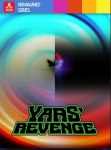 Yars’ Revenge: Enhanced
Yars’ Revenge: Enhanced
Platform: Atari Reimagined
Year: 2022
Designed by Mike Mika
And hell, I might as well do the original while I’m at it since it’s (almost) the same game.
Yars’ Revenge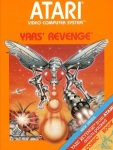
Platform: Atari 2600
Year: 1982
Designed by Howard Scott Warshaw
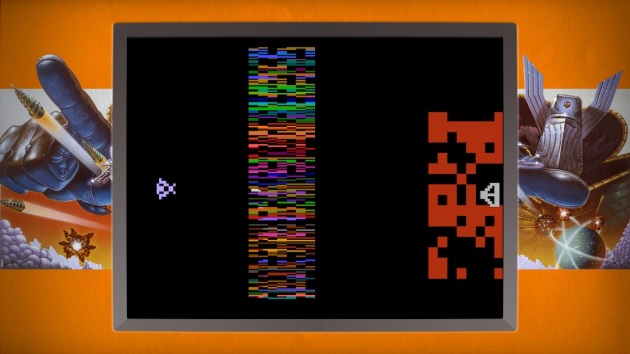
This is one of those situations where I had to merge two separate screenshots in order to make one that represents the appearance of the game. You see, Atari can’t run that many sprites at the same time, so it cheats by having one frame load half the objects and the next frame holding the other half. If an Atari game has flicker, that’s the reason why, and it makes taking screenshots of Atari games a pain in the ass that creates extra work for me to do the review. It’s even worse when you take clips on Nintendo Switch, as it skips every-other frame. That means a video of Atari gameplay taken on Switch looks like half the content is missing.
Atari fans might want to have a paper bag handy to breathe into. Ready? Yars’ Revenge is a teeny tiny bit overrated. STOP! Deep breaths. Calm. It’s okay! We’ll get through this! Listen, Yars’ Revenge is also a lot of fun and certainly one of the best.. if not THE best.. arcade-style games on the 2600. It’s possible to be both fun AND overrated. There’s no game that’s true of more than Yars’ Revenge. Fans talk about it like it arrived on our planet alongside baby Jesus, who was holding the polio vaccine in one hand and the first loaf of sliced bread in the other. Of all the games to get that kind of reverence, why this one? I like Yars’ Revenge a lot, but I also don’t get why it’s practically been deified. It’s a perfectly fine arcade-style shooter. Smack your bug against the force field of the enemy to charge up a cannon. Then, line-up with the enemy and fire the cannon, with the twist being you have to duck out of the way of your own projectile after firing it. It’s a good idea and it works wonderfully. It makes for a relatively intense experience, especially given the hardware limitations at play here. It almost feels like you’re playing a game of chicken with the enemy since you have to run up and dry hump the barrier around it.
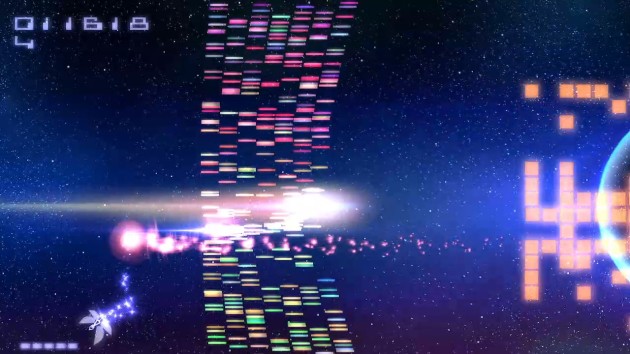
The funny thing is, Yars’ Revenge wasn’t even going to exist. It started life as a licensed game based on the Cinematronics (of Dragon’s Lair fame) vector graphics hit Star Castle. The problem was, Howard Scott Warshaw determined the 2600 could never create a port that lived up to the arcade game. Some tinkering later, and a brand new hall of famer was born. Also, the name is a pun on then Atari president Ray Kassar. Y-A-R/R-A-Y, and the instruction manual says the game is set in the Razak system. R-A-Z-A-K/K-A-S-S-A-R. Ray Kassar’s Revenge.. on Activision’s designers. Yes, really, the name and storyline are petty in-jokes because some of Atari’s best game designers left to become millionaires instead of making $26K a year and getting no credit and heartless “bonuses” like a free frozen turkey because your game was a best seller. Let petty vindictiveness rule the day!
There’s only two levels that repeat on harder difficulties each cycle, which is a bit of a bummer, but this was the Atari 2600 era so it’s to be expected. The replay value comes in the form of a couple extra modes. I’d never played mode 6 before, aka Ultimate Yars’. I’m so happy I did, as this is easily the best way to play the game. In it, instead of charging up the cannon just by bouncing off (“eating”) the force field, now the cannon operates on a scoring system. You have to collect five units of power called TRONS by eating the shield (1 unit per cell), touching the enemy, aka the “Qotile” (2 units) or catching your own missed cannon blast when it ricochets off the shield (4 units). Oh, and yea, in this mode, your cannon ricochets off the shield. The fastest way to charge-up unwatchable Jeff Bridges sci-fi movies is by touching the enemy itself. If basic mode Yars’ feels like a game of chicken, Ultimate Yars’ feels like when Bugs Bunny or Daffy Duck plant a big, sloppy, sarcastic kiss on Elmer Fudd before hopping away, taunting him. Even better is you can bank more TRON points than the cannon needs, giving you multiple shots at the Qotile. Finally, to load up a cannon shot, you just have to touch the left border of the screen. I loved this mode. And I really like Yars’ Revenge. It’s fun. One the best ever? I’ll settle for one of the best games from this era, but even playing Ultimate Yars’ in the enhanced version, it got old quickly. In 2024, Yars’ is instead the type of game I’d play with a few minutes to kill. Hey, the world needs those games too.

Now here’s the part where the fans REALLY get angry..
As for the Enhanced edition, it’s literally the same game. No new levels. No new modes. It’s supposed to be a 1 to 1 remake of the 2600 game that even uses the same code. But, it doesn’t feel the same. Maybe it’s just the placebo effect and I’m imagining things, but Yars’ Enhanced sure feels like it plays faster, especially when it comes to the swirly attack of Qotile and your own cannon blasts. Because of this, the gameplay feels much more intense, and I loved it. And that’s hardly the only upgrade. For a game saturated in so much bloom that it’s like playing video games in the middle of a nuclear explosion, oddly enough, I ultimately prefer the enhanced edition to the 2600 original because I found it much easier to see what was happening. In the 2600 version, by far my most common reason for dying.. besides shooting myself in the ass with my own cannon.. was getting killed by the little dot that slowly stalks you. I was constantly losing it when it crawled into the neutral zone in the middle of the screen.
In Enhanced, the dot is replaced by a galactic space triops that’s just plain easier to track. Visibility matters, and being able to see what’s going to kill you makes games more fun. Plus, the score and your remaining lives are on the screen, and if you play Ultimate Yars’, the amount of cannon shots you have is displayed on the bottom. So, Enhanced is the clear winner for me. Besides, there’s nothing inherently sacred about the original Yars. It’s just the old version. It only looks the way it does not because of artistic merit but because that was the literal best the console was capable of doing in that era. If you like it more, hey, whatever floats your boat. Given that Atari recently put out another remake of Yars’ that offers 30 waves, I’m fine with this upgrade to the 2600 game staying true to the original. In fact, Mike did such a good job that the only real downside is that Atari 50 didn’t have more enhanced 2600 classics like this. Maybe Atari 100 will, and that’s assuming I live to be 83. Finally, an excuse to start doing CrossFit.
Verdict for Yars’ Revenge for the Atari 2600: YES! – $3 in value added to Atari 50.
Verdict for Yars’ Revenge Enhanced: YES! – $10 in value added to Atari 50.
Scorecard: 7 YES!, 1 NO!
Total Value: $49
As I suspected, the original games by themselves are worth more than the price of admission alone. And to think, we’re just getting started. Next time: the coin-ops of Atari 50!
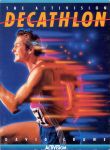 The Activision Decathlon
The Activision Decathlon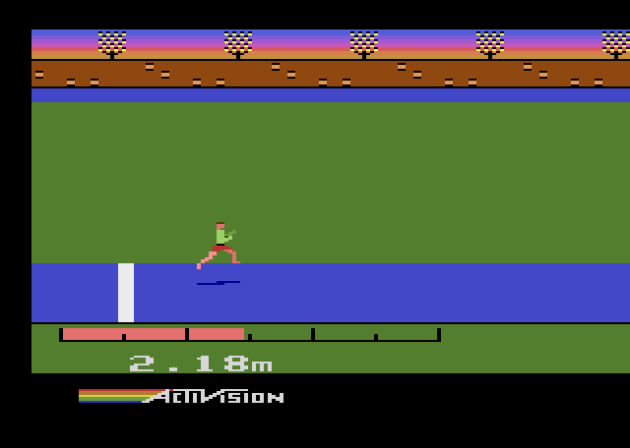
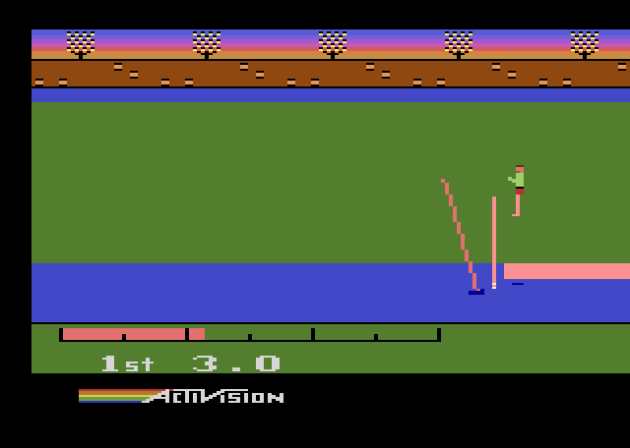
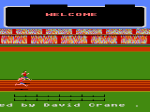 The Activision Decathlon
The Activision Decathlon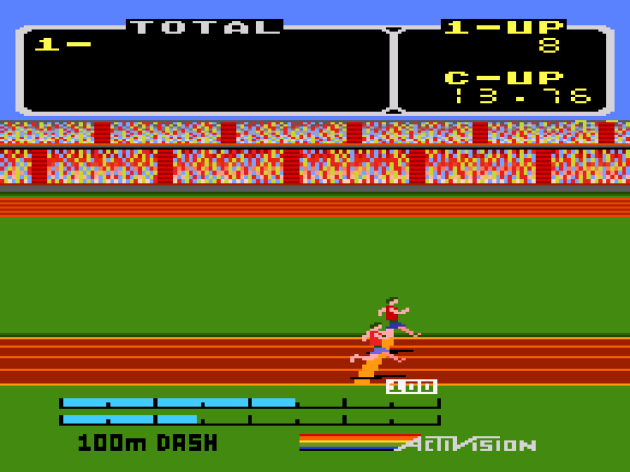
 Airlock
Airlock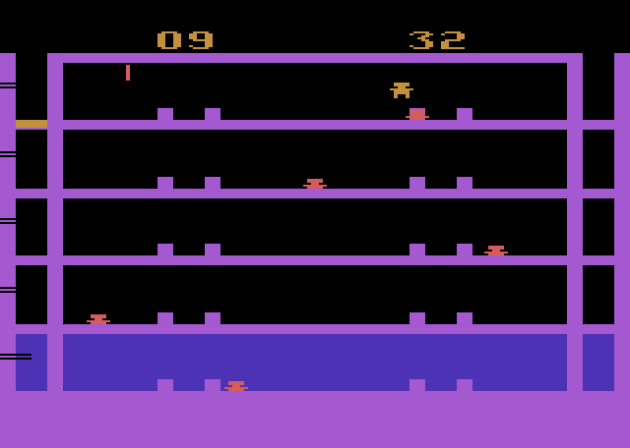
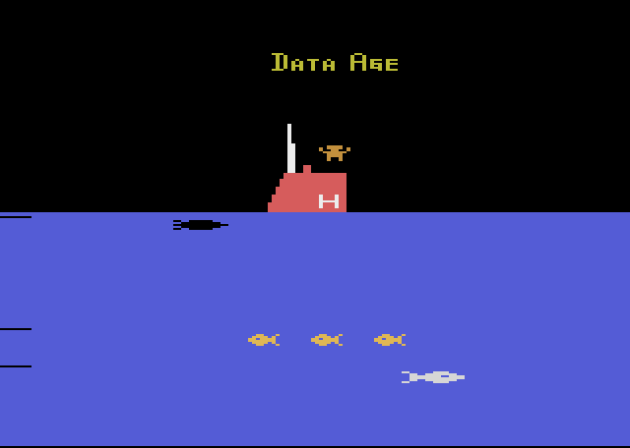
 Amidar
Amidar

 Arkyology
Arkyology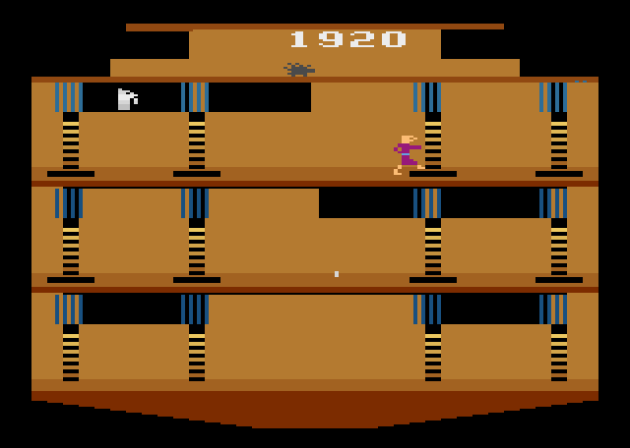
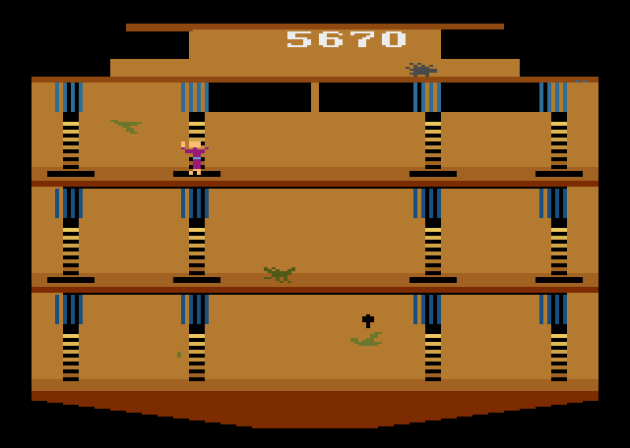
 Assault
Assault
 Atlantis
Atlantis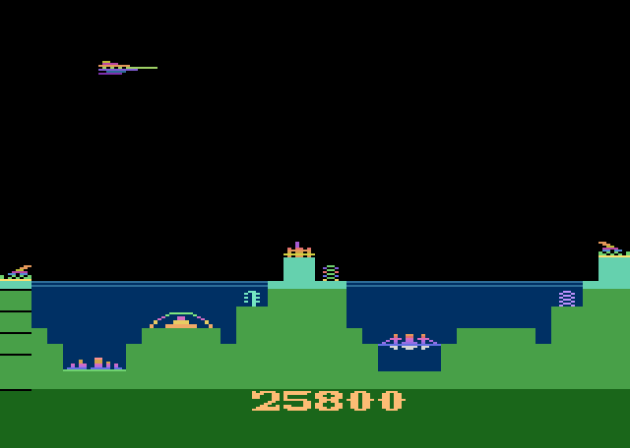
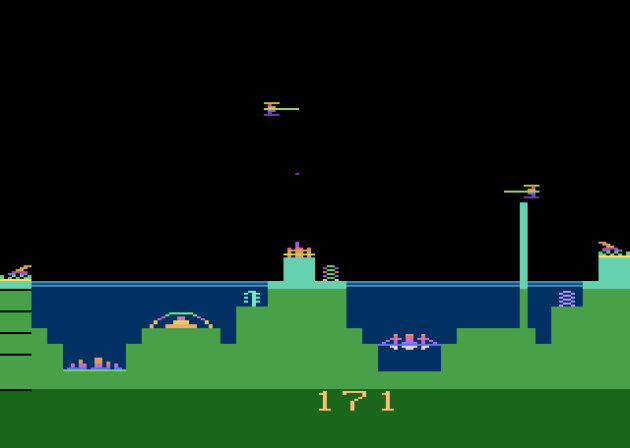
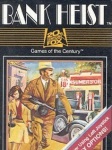 Bank Heist
Bank Heist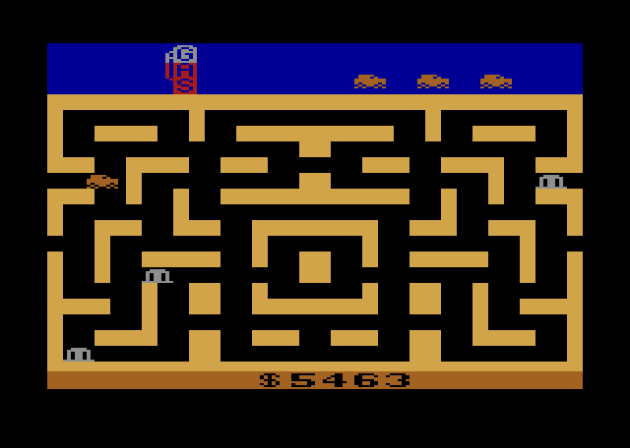
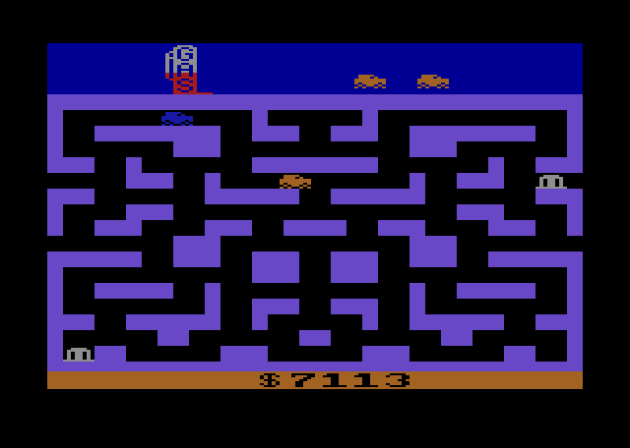
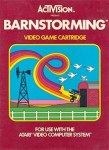 Barnstorming
Barnstorming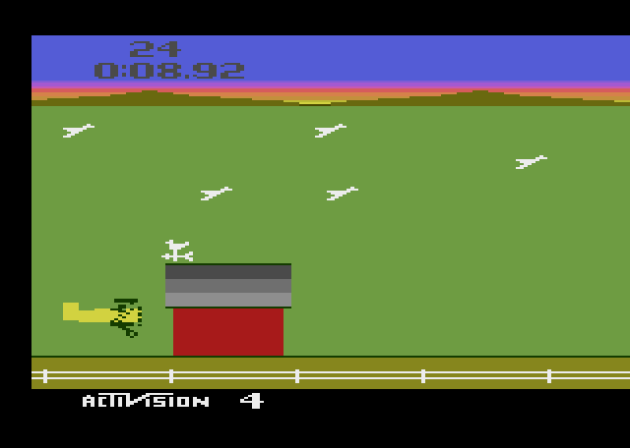
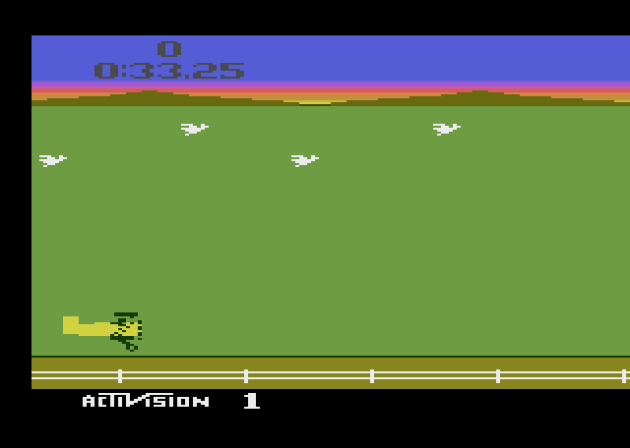
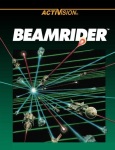 Beamrider
Beamrider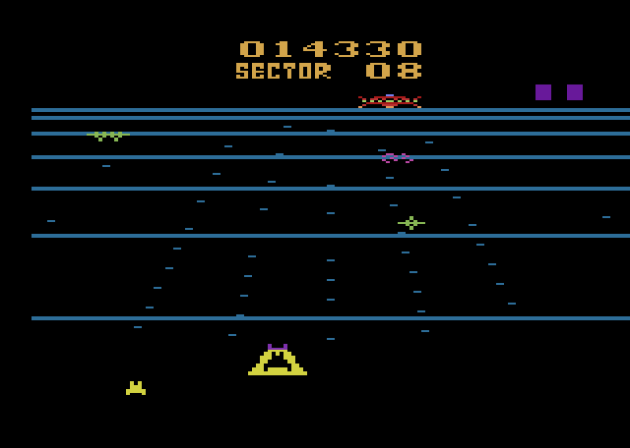
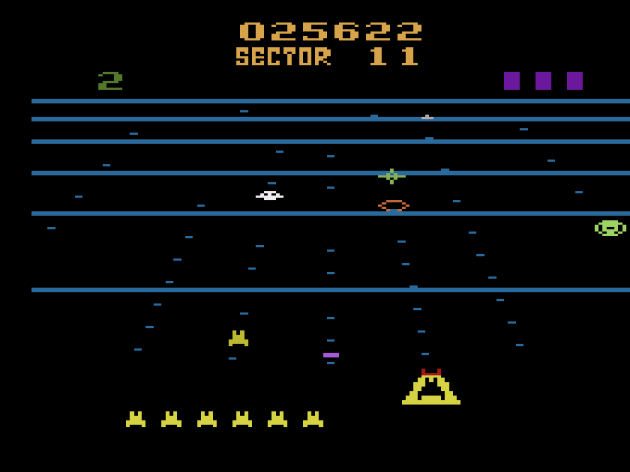
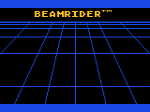 Beamrider
Beamrider
 Beat ‘Em & Eat ‘Em (and various other X-rated VCS games)
Beat ‘Em & Eat ‘Em (and various other X-rated VCS games)
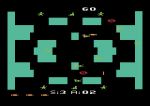 The Alligator People
The Alligator People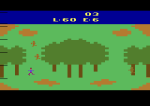 Planet of the Apes
Planet of the Apes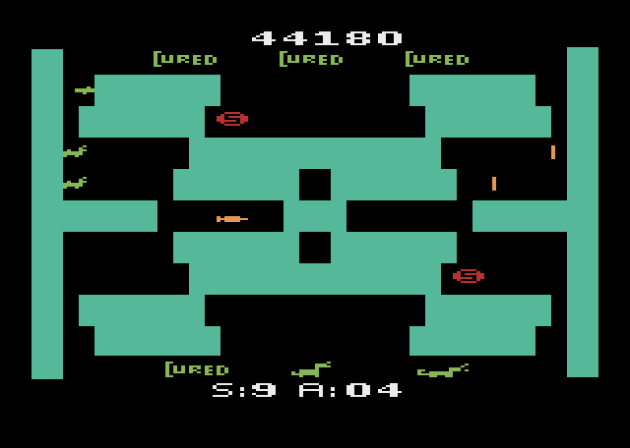
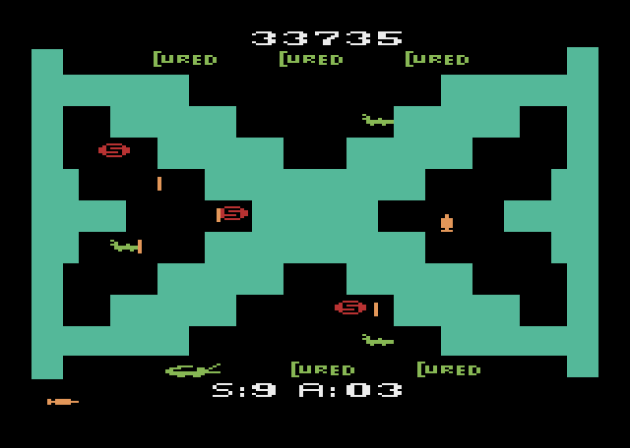
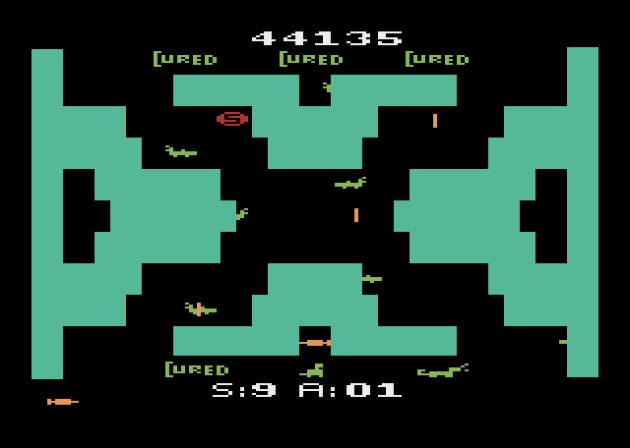
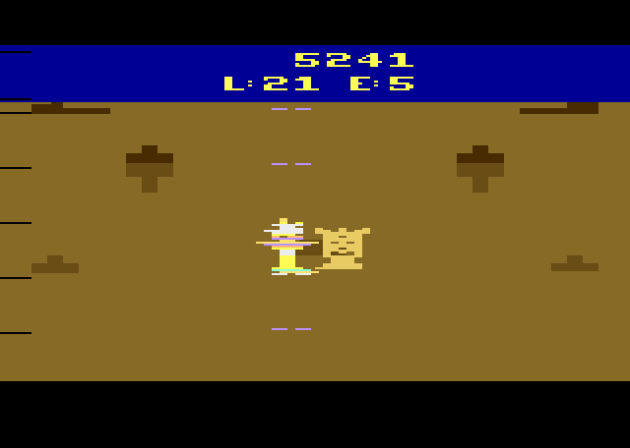
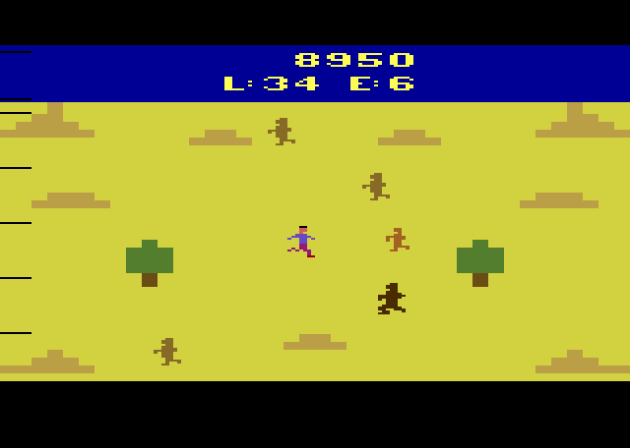

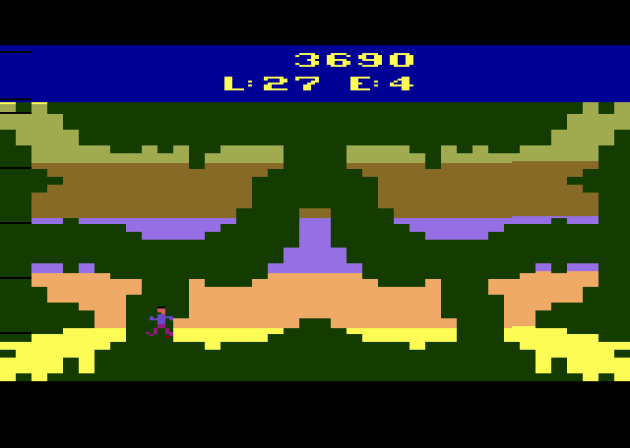
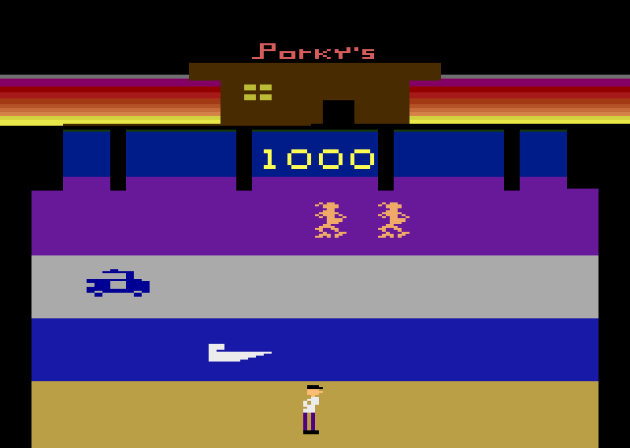
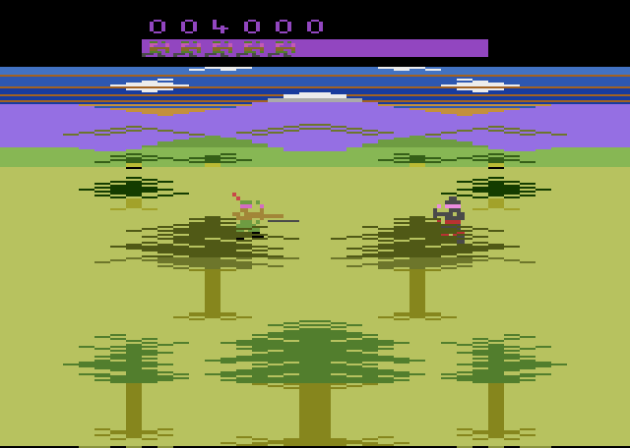
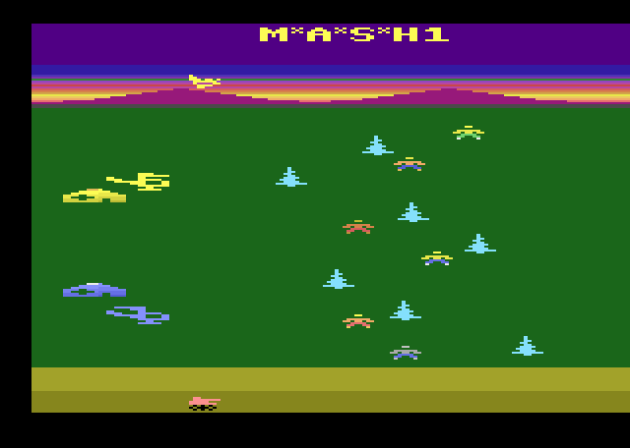
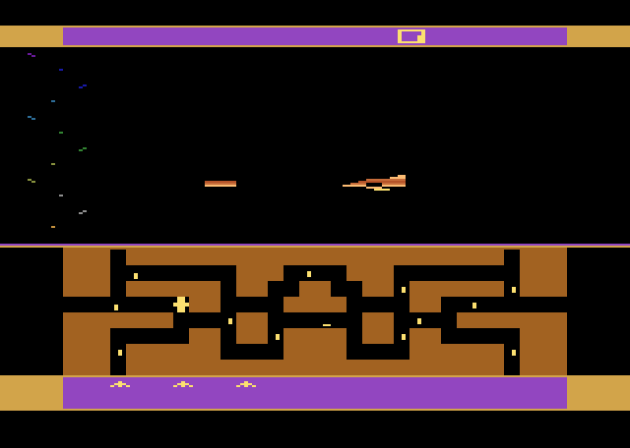
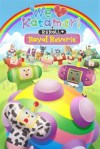 We
We 
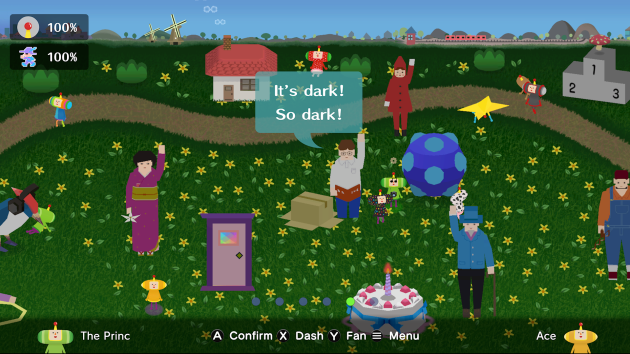
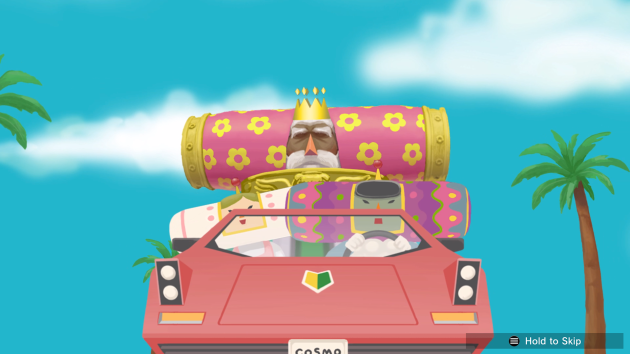
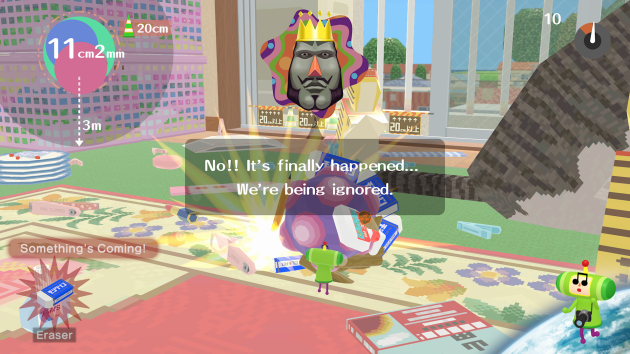
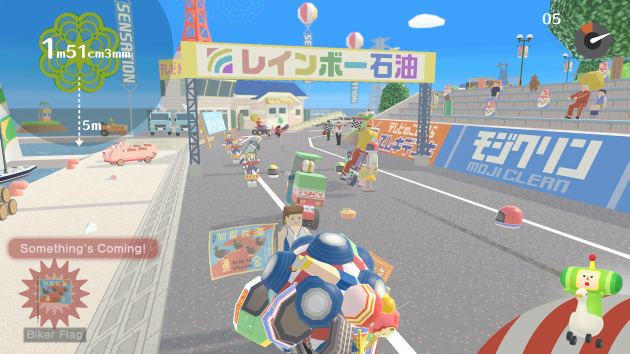
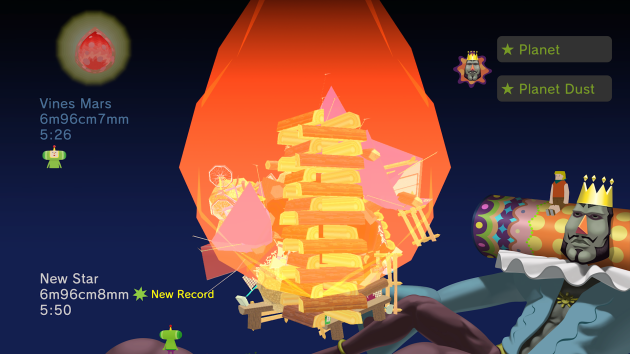
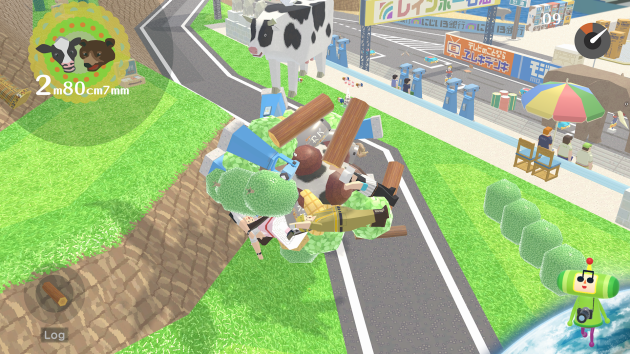
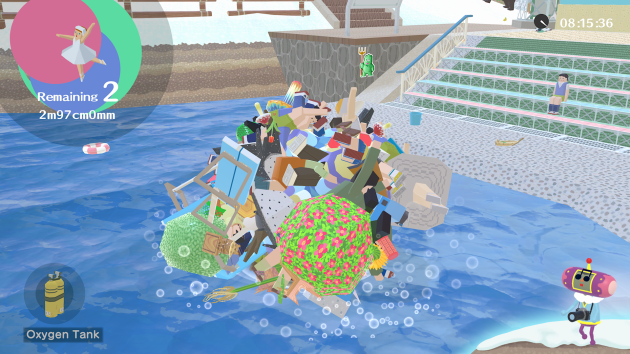
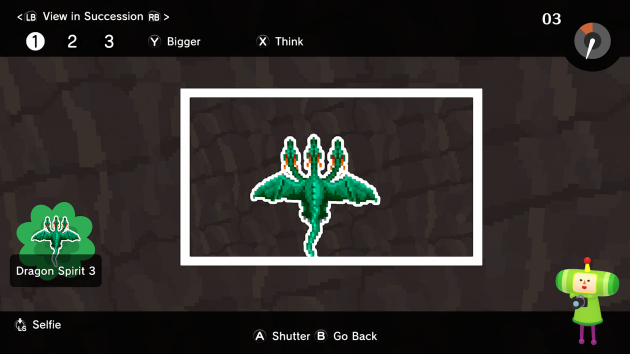
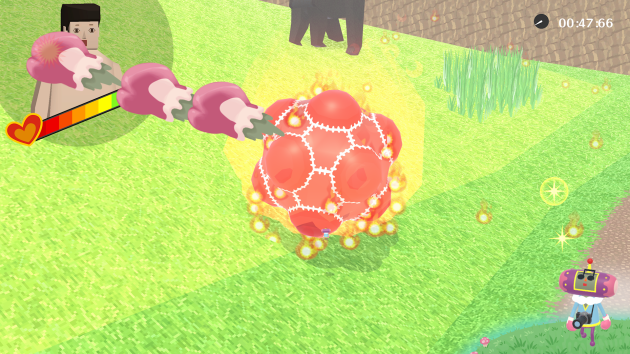
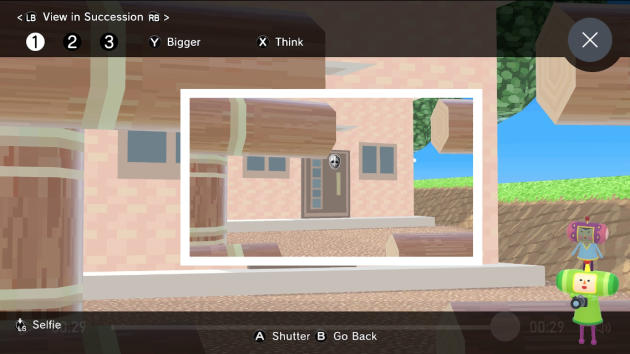
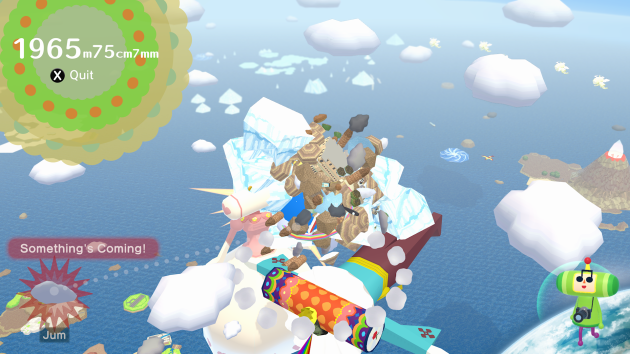
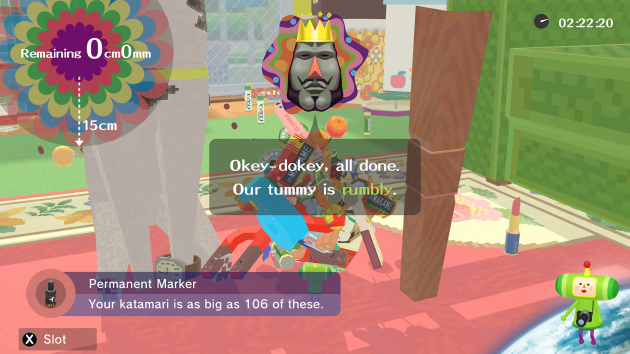
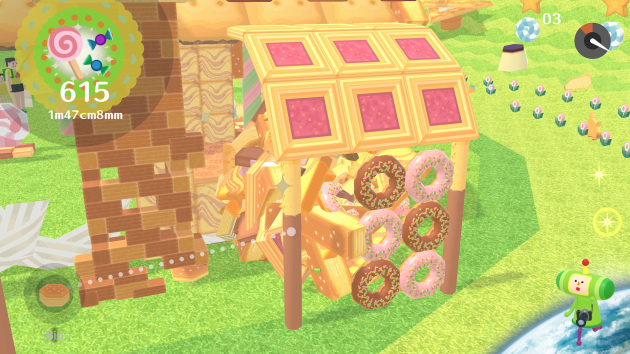
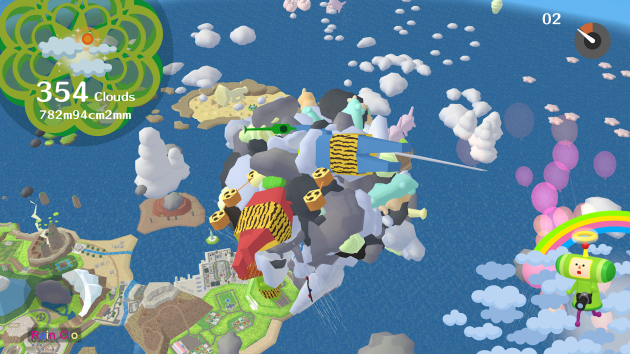
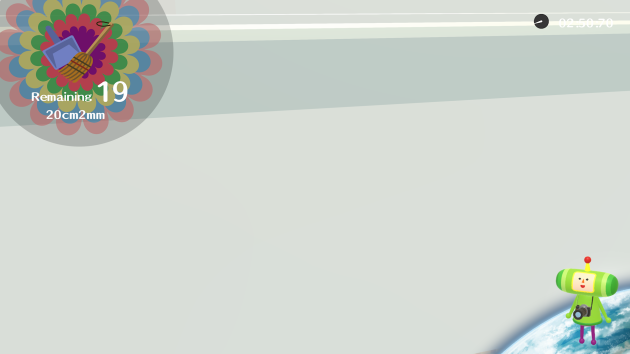
 The Storied Sword
The Storied Sword










 While the lack of replay value is a mild downer, even if that type of thing matters to you, I’d still say this is worth a look. I don’t even have to think twice about it. Everything Bite The Chili Productions and Raft Labs Interactive had to get right? Needless to say, they got it right. Excellent gameplay mechanics. No collision issues. Satisfying combat. Intuitive jumping. Fantastic level design. One of the best 8bit wall jumps I’ve experienced. Boss battles that feel important and climatic, and one of my favorite last bosses in a game of this type ever. I’m open to the possibility that, like
While the lack of replay value is a mild downer, even if that type of thing matters to you, I’d still say this is worth a look. I don’t even have to think twice about it. Everything Bite The Chili Productions and Raft Labs Interactive had to get right? Needless to say, they got it right. Excellent gameplay mechanics. No collision issues. Satisfying combat. Intuitive jumping. Fantastic level design. One of the best 8bit wall jumps I’ve experienced. Boss battles that feel important and climatic, and one of my favorite last bosses in a game of this type ever. I’m open to the possibility that, like  Popeye: Ijiwaru Majo Seahag no Maki
Popeye: Ijiwaru Majo Seahag no Maki

















 New Ghostbusters II
New Ghostbusters II Ghostbusters II
Ghostbusters II










 DuckTales 2
DuckTales 2



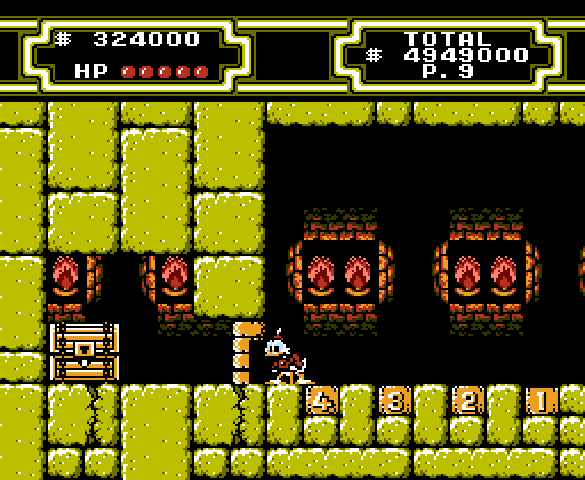







 Disney’s Aladdin
Disney’s Aladdin



You must be logged in to post a comment.